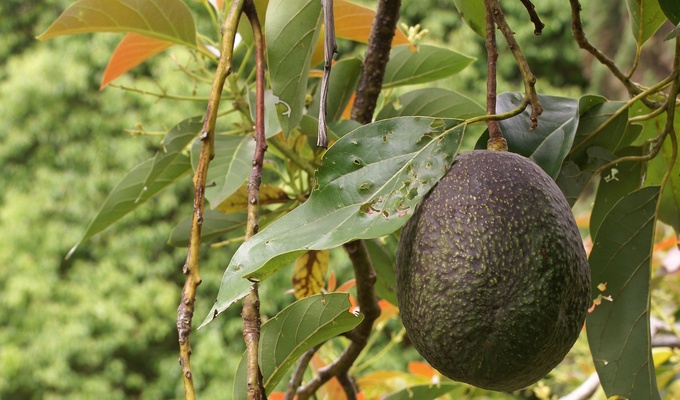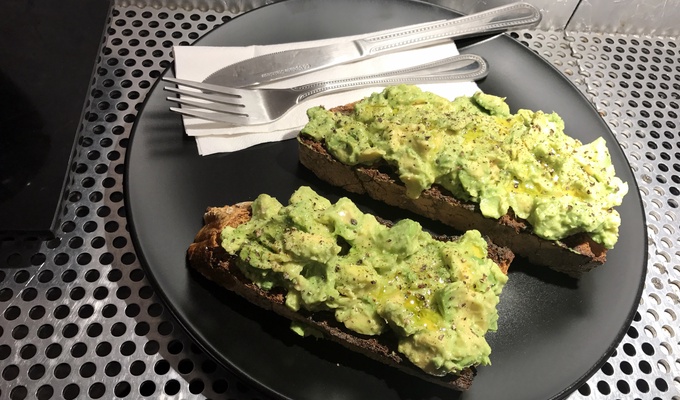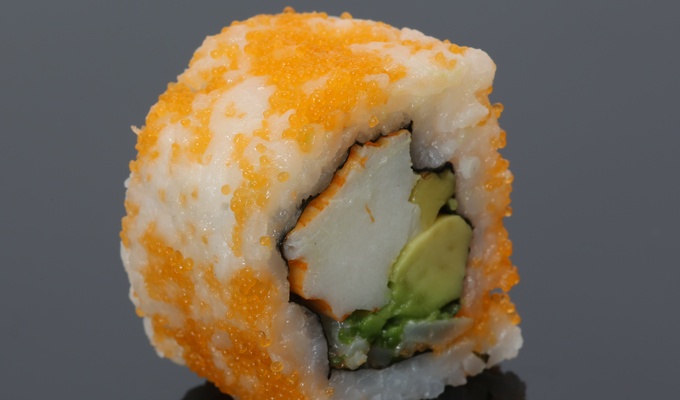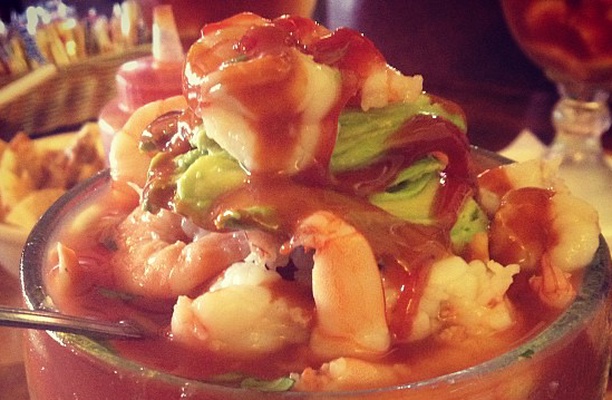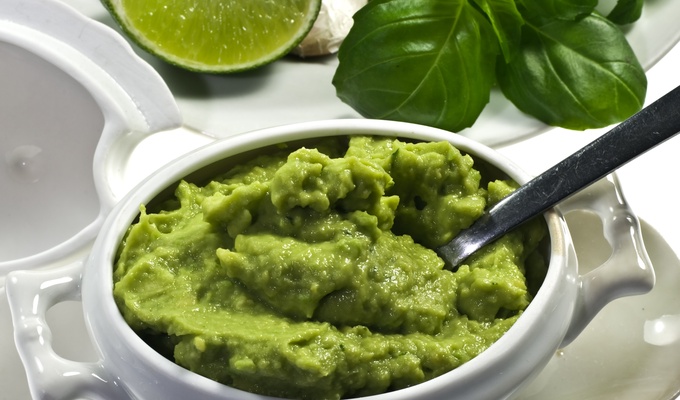Avocado is the fruit of a Central American tree, Persea americana. The fruit is botanically classified as a large berry with a single seed, and its high-fat content distinguishes it from most other fruits. Avocados are primarily grown in tropical and subtropical regions, with major production areas in Mexico, the Dominican Republic, Peru, and California. In Ecuador, Peru, and Chile, it is known as palta.
Avocados are prized for their versatility and ability to complement a wide range of flavors. The flesh of the avocado is typically eaten raw, as it does not respond well to high heat, which can cause it to become bitter. In its simplest form, the avocado is often sliced or mashed and used as a topping or spread, as in avocado toast. It is a key ingredient in guacamole, a traditional Mexican dish where the avocado is mashed and mixed with lime juice, salt, onions, tomatoes, and chili peppers. Guacamole is widely used as a dip or condiment, especially in Mexican and Tex-Mex cuisine.
Avocados are also commonly used in salads and sandwiches, where their smooth texture and mild flavor can enhance other ingredients without overpowering them. In addition, avocados are used in smoothies and desserts, such as avocado ice cream or mousse, where they contribute creaminess without the need for dairy products. They can be used as a source of richness in baked goods such as avocado cake and avocado cookies. The fruit's fat content allows it to be puréed into a silky consistency, and also allows the mechanical extraction of avocado oil.
The flavor of avocados is often described as mild and nutty, with a subtle richness that is due to their high monounsaturated fat content. This fat not only contributes to the fruit's creamy texture but also enhances the absorption of fat-soluble vitamins when consumed with other foods.
Commercially cultivated avocado varieties are primarily dominated by the Hass avocado, which accounts for the majority of global production due to its favorable growing characteristics, rich flavor, and year-round availability. The Hass variety, originally developed in California in the 1920s, has a thick, pebbly skin that darkens as it ripens, making it easily recognizable. Other commercially cultivated varieties include the Fuerte, known for its smoother, green skin and slightly larger size, and the Bacon avocado, which has a milder flavor and lighter skin. The Reed variety, with its round shape and smooth, thick skin, is also cultivated, particularly for its creamy texture. These varieties are grown in regions with suitable climates, including Mexico, California, Peru, and Israel.
History and Word Origins
The history of avocado cultivation dates back to ancient Mesoamerican cultures, including the Aztecs and the Maya, who referred to the fruit as "ahuacatl," (Nahautl) meaning "testicle," likely in reference to its shape. The avocado was introduced to Europe and other parts of the world following Spanish contact in the 16th century, and the Spanish term aquacate became the basis for most of the avocado's modern names.
The Quecha term "palta" was adopted by Spaniards during the conquest of Peru, and first recorded in 1553. There is documentary evidence that Spaniards in Mexico originally used pera, Spanish "pear", for the similarity to the European pear tree, and that for a period in the late 16th century all three terms were in simultaneous use.
